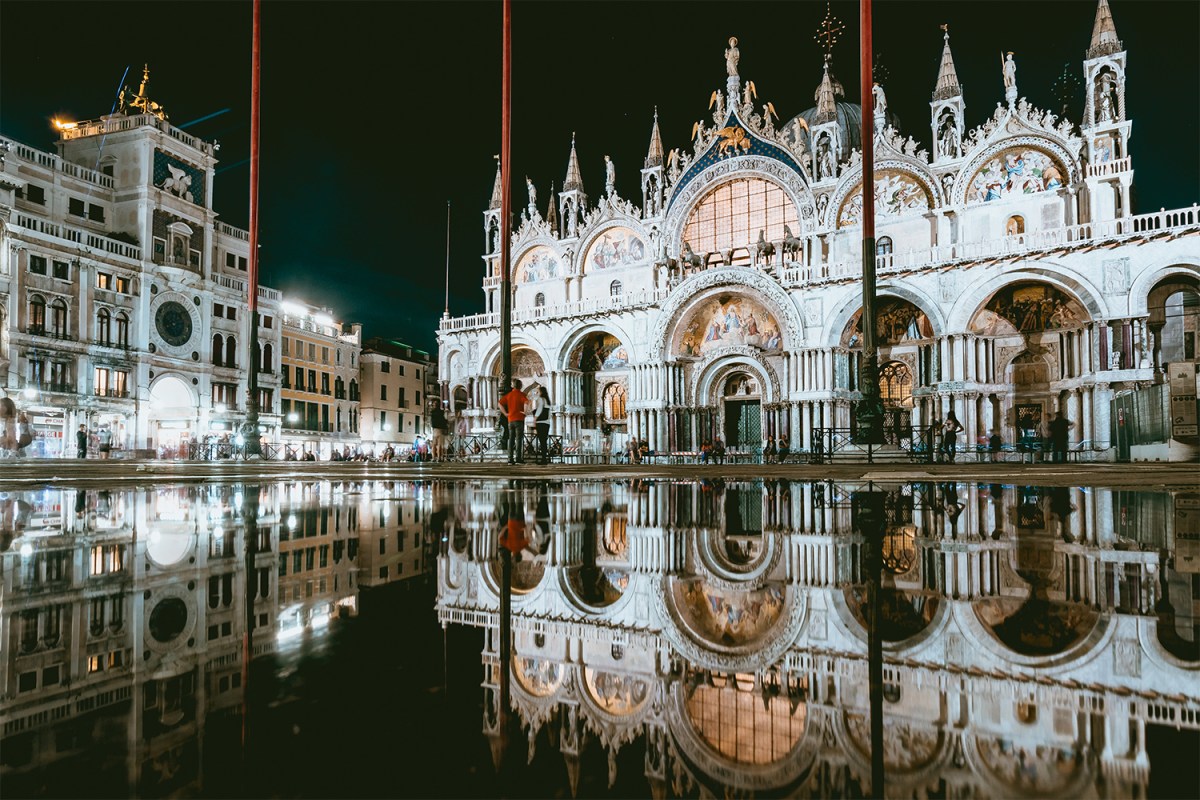St. Mark’s Basilica is slowly falling victim to the rising tides of Venice
The city of Venice is over 1,200 years old, but between overtourism and the effects of climate change, the 21st century has been exceptionally hostile to the floating city – and it is starting to show.
According to a new report from Atlas Obscura, St. Mark’s Basilica, one of the city’s most recognizable landmarks and famous basilicas in all of Europe, has started to show traces of irrevocable damage as a result of this which is now the city’s regular flooding.
In the account of a particularly sinister flood, Rebecca Ann Hughes writes, “Vicar Angelo Pagan rushed to move 17th-century benches and other valuables out of the water, but watched helplessly as the tide reached over six feet, the second highest level ever. registered in the city. ” Carlo Alberto Tesserin, the man responsible for overseeing the historic preservation of St. Mark’s, later described the building as having “aged 20 years in a day”.
After that night, the 927-year-old basilica would be flooded 2-3 times a day, every day, for three weeks. Glass was shattered from the windows, ancient floor tiles and columns made of materials sensitive to salt water were eroded, and the crypt below was left totally submerged, for a total of $ 3.6 million damage. Then one could argue that monetary figures do not make sense in this situation, since what has been lost cannot really be replaced at all.
The previously installed flood defense system – which involved “automatically inflating the barriers in the tunnels under the church that help redirect water to the sea” – is no longer a sufficient barrier against rising levels. from the sea, and efforts to effectively flush the cathedral with fresh water to combat damage from salt build-up have failed. This has left those with a vested interest in the basilica scrambling for an alternative.
The latest of the independent flood defense proposals, according to Atlas Obscura, is a $ 4.2 million project led by engineer Daniele Rinaldo and architect Mario Piana. Their plan involves a series of valves inserted into the drainage system, which will divert water from the cathedral. There have also been discussions around installing a four-foot glass barrier in front of the basilica, to separate it from the plaza where water tends to collect.
Although the plans have already been approved, it remains to be seen how long they will be enough to save St. Mark’s from the continued rise in sea level. After all, recent studies suggest that the entire city of Venice could be underwater by the end of the century if current trends persist.
As for the new flood defense plans, “the plans are a bit odd,” writes Hughes, “but supporters argue they could be what it takes to preserve one of the finest examples of ‘Italo-Byzantine architecture’. And for that, we must salute their efforts.
For more travel news, tips and inspiration, subscribe to Internal hookThe Journey’s weekly travel newsletter.


Comments are closed.